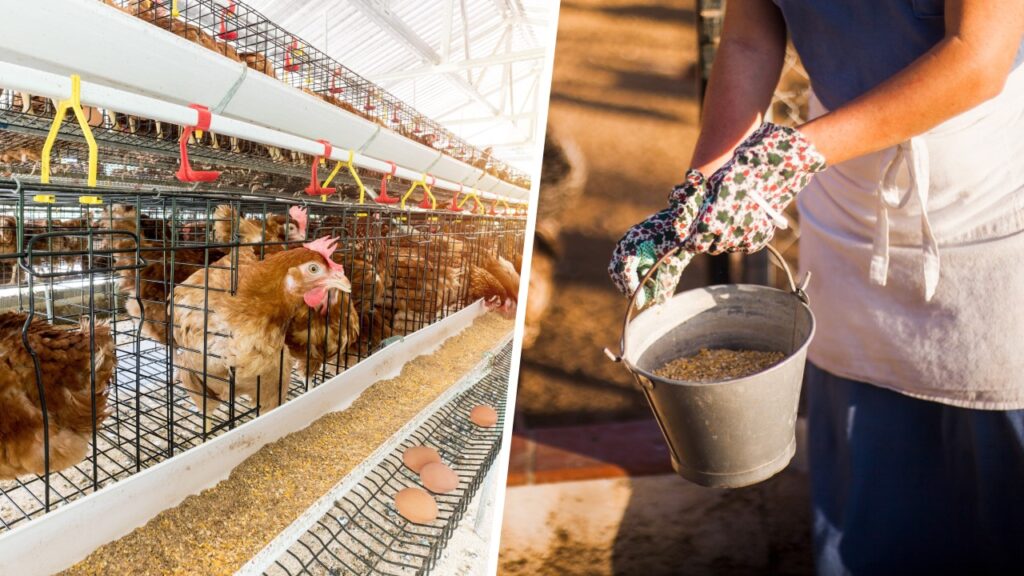Introduction
As global demand for poultry products continues to rise, the need for sustainable farming practices has never been more critical. Modern poultry farms are adopting innovative techniques to reduce environmental impact, enhance animal welfare, and improve operational efficiency. In this article, we’ll explore the key strategies leading the way toward a more sustainable future in poultry production.
1. Eco-Friendly Waste Management
Poultry waste can be transformed from an environmental liability into a valuable resource. Today’s farms employ anaerobic digestion and composting to convert manure into biofuels and organic fertilizers, closing the loop in a circular-economy model. Not only does this approach minimize landfill contributions, it also provides renewable energy and enriches soils for feed crops.
2. Energy Efficiency & Renewable Power
Reducing carbon footprints is a top priority. Many operations now integrate solar panels and biogas systems powered by processed poultry waste, slashing reliance on fossil fuels. Upgrades to ventilation, insulation, and energy-saving LED lighting further cut electricity use, delivering both environmental benefits and long-term cost savings.
3. Precision Feeding & Alternative Proteins
Optimizing feed inputs not only boosts bird growth and health but also conserves resources. Innovative diets incorporate insect meals, single-cell proteins, and locally sourced by-products, reducing dependence on soy and fishmeal. Coupled with precision feeders and data-driven rationing, farms achieve better feed-conversion ratios and lower waste.
4. Water Conservation & Management
Water-saving technologies—such as nipple drinkers, drip systems, and recirculating wash stations—significantly cut water usage. Advanced monitoring ensures leaks and overuse are quickly addressed, while rainwater harvesting systems provide an additional supply for non-potable applications. These measures safeguard scarce water resources and reduce utility costs.
5. Improved Housing & Deep-Litter Systems
Modern poultry houses leverage deep-litter bedding, which decomposes waste naturally and provides insulation, reducing heating needs. Enhanced ventilation controls moisture and ammonia levels, promoting bird health and lowering disease risk. Strategic design improvements—like adjustable curtains and tunnel ventilation—ensure optimal air quality year-round.
6. Animal Welfare & Organic Principles
Higher welfare standards often align with sustainability goals. Organic and free-range practices—such as natural molting, outdoor access, and antibiotic-free protocols—improve animal health and meet consumer expectations for ethical products. These systems require careful land management and rotational grazing to prevent overuse and maintain soil health .
7. Technology Integration & Data Analytics
The digital farm is here: IoT sensors track temperature, humidity, and feed consumption in real time, while AI-driven platforms analyze trends and forecast disease risks. Automated alert systems enable rapid response to deviations, safeguarding flock welfare and optimizing resource allocation. This data-centric approach drives continuous improvement across all operations.
Conclusion
By embracing sustainable practices—from waste valorization and renewable energy to precision nutrition and smart housing—modern poultry farms can meet growing food demands responsibly. These innovations not only protect the environment but also enhance profitability and animal welfare. At TechFarm Foods, we’re committed to pioneering these practices and supporting farmers on every step toward a greener, more efficient future.


